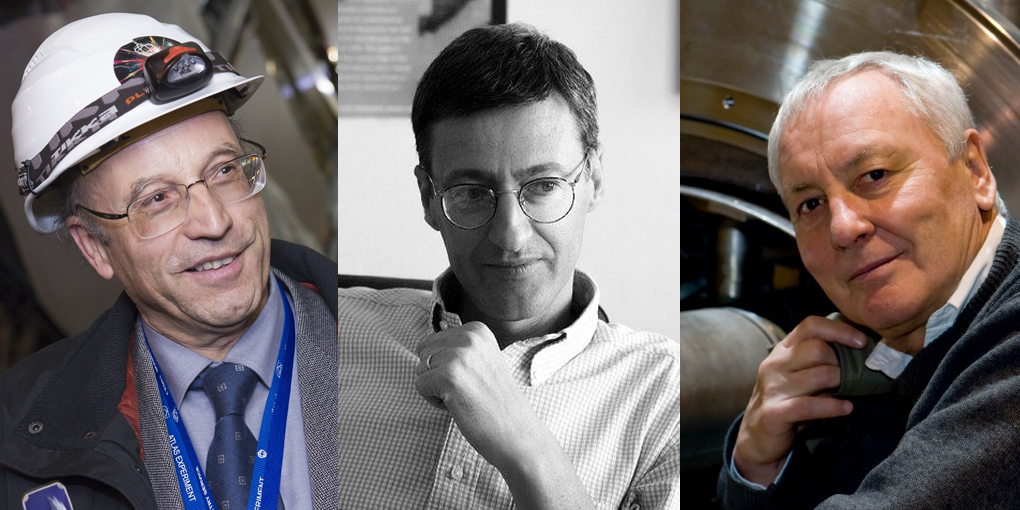What was behind the biggest physics discovery of last year?
The Wolfgang Pauli Lectures, which will be hosted next week at ETH Zurich, will discuss the discovery of the Higgs particle. Three CERN scientists who were instrumental in the project will explain the work that went into this scientific sensation.
The discovery of the Higgs particle last year at the CERN Large Hadron Collider (LHC) particle accelerator in Geneva caused quite a stir and may well be considered the physics discovery of 2013 – reason enough for ETH Zurich to make it the topic of this year’s Wolfgang Pauli Lectures. Next week, three CERN scientists who were instrumental in the discovery will be talking about their backgrounds in a series of lectures intended for researchers, students and the public.
These are a theoretical physicist who will explain what the Higgs particle means for theoretical physics, a scientist who was in charge the development and construction of the LHC, and a scientist who has long served as project manager for one of the two large experiments undertaken to demonstrate the existence of the Higgs particle.
Giudice, Jenni and Evans
The Italian physicist Gian Francesco Giudice works in the Theoretical Physics Division at CERN and deals mainly with physics at very high energies, as they existed at the time of our universe’s origin. He is the author of the popular science book A Zeptospace Odyssey, in which he examines several topics, including the physics of the LHC, in a way that is also accessible to an interested layperson. In his lecture on Monday, Giudice will not only explain the gaps the Higgs particle fills in the puzzle of particle physics, he will also discuss the new physical questions the discovery raises – including ones that go beyond the Standard Model of particle physics and concern what is referred to as supersymmetry.
The Swiss physicist Peter Jenni, alumnus and holder of an honorary doctorate title from ETH Zurich, was in charge of the Atlas Experiment at the LHC from the very start of the project in the 1990s until 2009. Atlas is one of two large detectors at the particle accelerator that succeeded in delivering experimental evidence of the existence of the Higgs particle (the other particle detector is CMS). Since his retirement a year ago, Jenni has worked as a visiting researcher at the University of Freiburg im Breisgau. His lecture on Tuesday will focus on the background leading up to the experimental discovery of the Higgs particle.
The British physicist Lyn Evans led the team from 1993 that designed, built and commissioned the LHC particle accelerator at CERN. He is currently a visiting professor at Imperial College in London. His lecture on Thursday will focus on the LHC itself, which is considered to be the most complex research facility ever built.
Wolfgang Pauli Lectures 2014
The Wolfgang Pauli Lectures, a three-part lecture series, have been held annually since 1962. The lectures, which alternate between the disciplines of physics, mathematics and biology, are a platform for exceptional speakers to present their ground-breaking research. The lecture series is named after the theoretical physicist and Nobel laureate Wolfgang Pauli, who was a professor at ETH Zurich from 1928 until his death in 1958.
Monday, 5 May 2014, 8.15 pm: Gian Francesco Giudice, «What the Higgs Boson teaches us about nature»
Tuesday, 6 May 2014, 8.15 pm: Peter Jenni, «The long experimental journey of the Higgs discovery at the LHC»
Thursday, 8 May 2014, 8.15 pm: «The Large Hadron Collider, a marvel of technology»
The lectures will take place in the Auditorium Maximum (F 30) in the main building of ETH Zurich at Rämistrasse 101. They will be given in English and require no expert knowledge.
For more information, go to: www.pauli-lectures.ethz.ch

